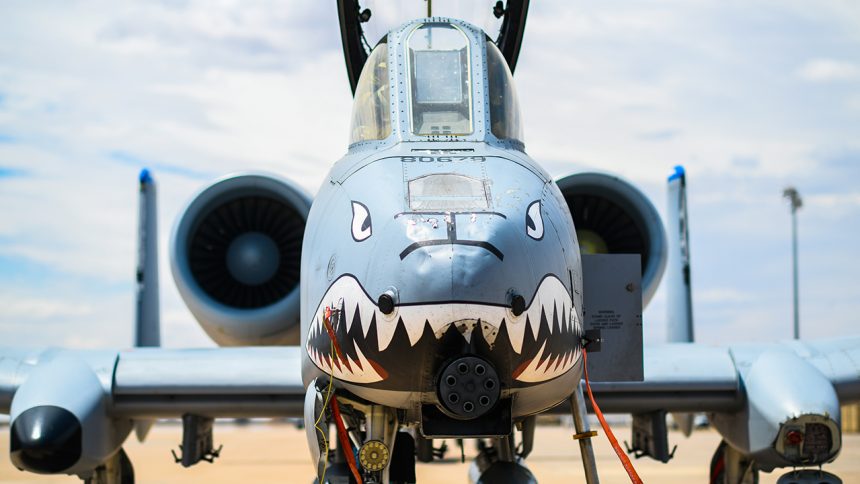The U.S. Air Force might find a buyer for its A-10 Thunderbolt II aircraft once they are retired from active service.
The U.S. Air Force is in the process of retiring its A-10 attack jet fleet, with plans to phase out 56 aircraft from its total fleet of 265 by fiscal 2028. During a House Armed Services Committee hearing, Secretary Kendall noted that at least one country has expressed some interest in obtaining the A-10s. However, there won’t be significant support for the aircraft once they’re out of the American inventory due to their age and lack of a support base.
Rep. Austin Scott encouraged the Air Force to engage with allied nations willing to receive these aircraft. Kendall expressed openness to such discussions, citing previous transfers of excess defense articles like C-130s to the Philippines as examples of cooperation in equipment transfers. However, Kendall’s caution about the challenges of sustaining the aging A-10s outside of the U.S. inventory underscores the potential difficulties for any nation taking on these aircraft.
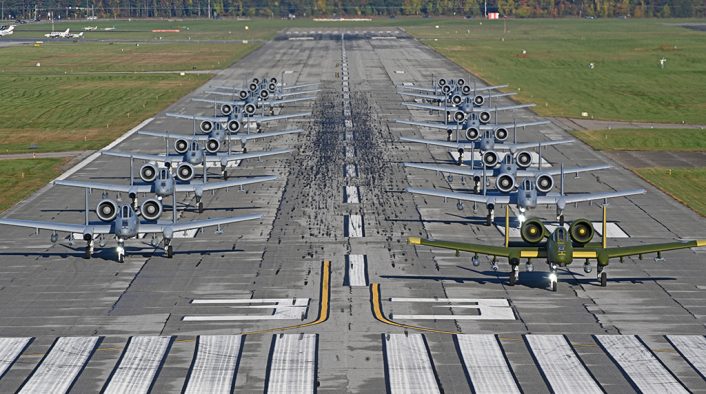
Although Kendall did not specify the country, he mentioned that Ukraine, often mentioned as one of the countries which could benefit of the aircraft, despite its upcoming acquisition of F-16s, hasn’t shown much interest due to concerns about survivability.
USAF Secretary Kendall: One country has expressed interest in obtaining retiring A-10s, and then hints it isn’t Ukraine
— Brian Everstine (@beverstine) April 17, 2024
In fact, the A-10C Thunderbolt II can be effective if operated in a pretty permissive environment, that Ukraine is not.
The A-10 Thunderbolt II
Developed by Fairchild Republic in the 1970s, the A-10 was conceived to replace the aging A-1 Skyraider as the Air Force’s primary Close Air Support aircraft. The design prioritized survivability and firepower, featuring a titanium armor “bathtub” protecting the pilot, redundant flight controls, and a fearsome GAU-8 Avenger rotary cannon capable of delivering devastating firepower against armored targets.
Even though upgrades to the Warthog have improved its targeting and communications capabilities, the A-10 was built to fight a very different war than the one we are seeing now. Indeed, the A-10 was originally conceived to offset a massive imbalance in the number of tanks between the Soviet-backed Warsaw Pact and the NATO alliance.
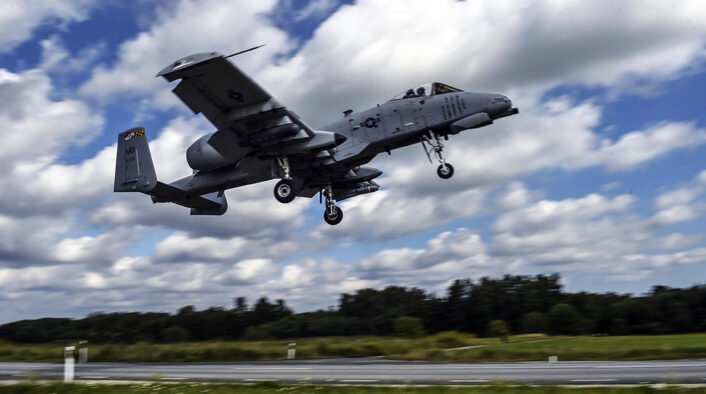
What sets the A-10 apart from other aircraft is its ability to loiter over the battlefield for extended periods, providing continuous support to troops on the ground. Its slow speed and low-altitude flying capabilities allow for precise targeting and close coordination with friendly forces, minimizing the risk of collateral damage.
Therefore, the A-10 Thunderbolt II, is today better off in the asymmetrical global war on terror than it is the Ukrainian theater (despite some claims).
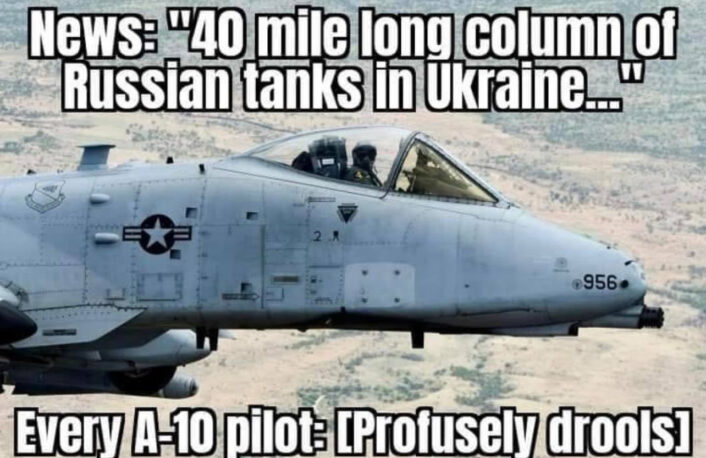
So, what is the “mysterious” country that showed some interest in the type?
There can be several candidates across the globe actually that could be interested in the Warthog, including air arms in Africa, Central and South America, or Asia. Poland too could (theoretically) be interested in the type.
The reason is quite simple: besides the pure CAS, one of the other roles the A-10 might still carry out quite effectively is COIN (Counter Insurgency) a type of mission that, increasingly, sees small, inexpensive, easy to operate combat aircraft with precision strike capability and long loiter times, being used. Usually, turboprops or rotary wing assets. But also combat-proven aircraft, like the A-10, that can make use of unimproved airfields and operate from roadways or even fields while being concealed on the ground.
The A-10 is known for its relatively low operational costs.
Moreover, the “Hawg” is so famous it can bring an air arm both tactical and socio-psychological value.
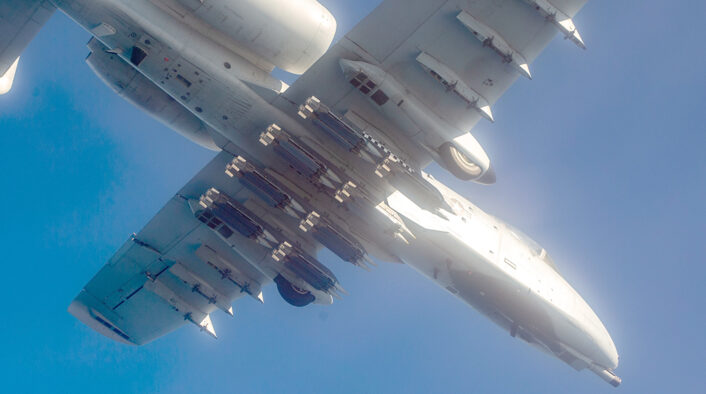
In fact, with its rugged design, powerful armament, and impressive maneuverability, the aircraft has earned its reputation as one of the most iconic and effective CAS assets, designed specifically for the role of providing support to ground forces in combat situations.
A role undertaken in conflicts such Iraq, Balkans, Afghanistan, that further solidified its reputation as a vital asset on the battlefield.

